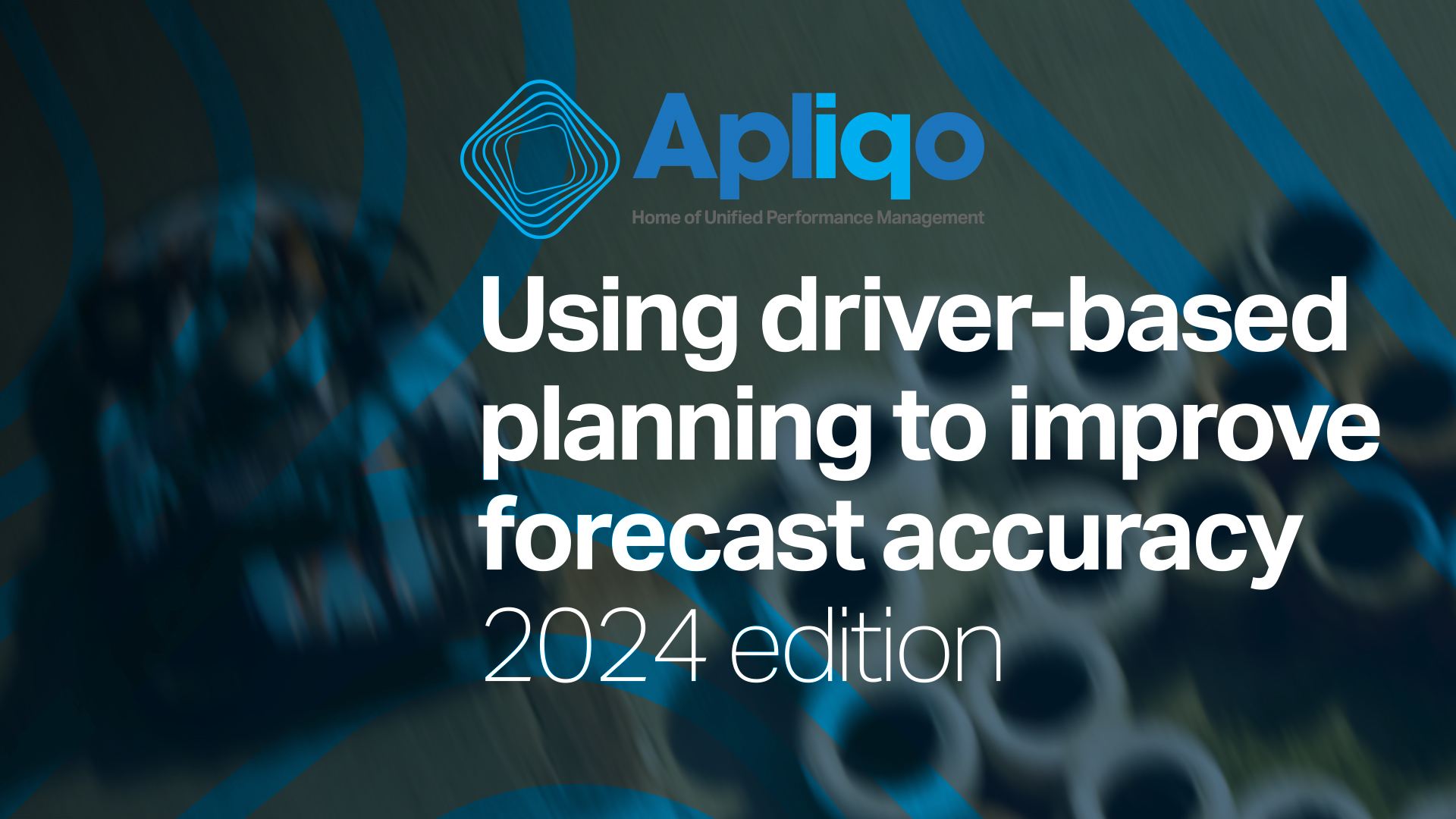By Daniele Tedesco, CEO of Apliqo
In preparation for our first module of the 2022 Apliqo FPA Masterclass with Jack Alexander, I am going to be taking a closer look at the 2 ultimate drivers of value for any business; growth and return on invested capital (ROIC).
Below I’ll show you why these measures are crucial drivers of value in detail and also touch on how to balance them appropriately to optimize your company’s performance.
Growth – Wood or just gas for the fire?
For many, growth is the lifeblood of a business. After all, few CEOs would complain if their company demonstrated revenue rises, a growing customer base, and higher sales numbers. But what if I told you that the way we often think about growth doesn’t paint a complete picture of the value our company is generating?
While it is an unquestionable measure of a company’s value creation, growth doesn’t actually generate value. Instead, it accelerates the rate at which a company creates or, in the worst cases, destroys it.
In order for growth to have a positive impact on value creation, a company must first have a positive return on investment (or spread). High rates of growth with no spread create no extra value, and growth during times of negative returns only increases the rate at which a company burns cash.
To help you visualize this, let’s calculate the value of an imaginary company using McKinsey’s Key Value Driver Formula (which is Value = Profit X (1 – Growth/ROIC) / Cost of Capital – Growth). For the sake of argument and simplicity, lets imagine the company has the following metrics:
- Profits of $100 million
- 5% annual growth
- 20% ROIC
- 10 % cost of capital
Using McKinsey’s formula, the value of this company is $1.5 billion. If we changed the company’s ROIC to 10% (no spread), it’s value would drop to $1 billion and stagnate even if it’s rate of growth increased. If the ROIC dropped further to 8%, for example, the company’s value would drop to $851 million and continue to drop dramatically if its growth were to increase.
This simple yet effective scenario helps outline why I urge people to think of growth as an important accelerant of value. During times of positive ROIC, pursuing growth can help us dramatically increase the value of our company and interest from shareholders. During times when ROIC is low, however, we’re generally better off controlling growth and instead looking for ways to improve our returns.
It’s also important to note that growth is a fleeting metric that rises and falls in response to market and industry changes, as well as changes to company-specific factors such as its people, operations, customers, financial performance, risks, and more.
ROIC – The old underdog of business valuation
Capital allocation has been on the lips of finance professionals since Warren Buffet touted its importance in the 1980s. And while I am not here to discuss business valuation from an investor’s point of view, the importance of ROIC outlined by the Oracle of Omaha also rings true from a FP&A perspective.
Whereas growth is a fleeting metric, ROIC is far more sustainable. McKinsey metrics taken from the 500 top publicly listed US companies from 1965,1975,1985, and 1995, for example, show that companies were far more successful at maintaining their ROIC over time than their rate of growth.
Despite being stable, ROIC also has a much more direct effect on company value than growth, mainly because it directly impacts an organization’s cash flow. Again, to visualize this, we can return to the case of the imaginary company we used earlier.
Keeping it level: How do we properly balance growth and ROIC?
In order to drive value, CFOs, CEOs, and other company executives need to find opportunities to maximize ROIC. To do this, it can help to review your cycle time and find ways to speed up the time it takes for your company to generate returns. Some main drivers of cycle time worth looking at include:
- Working capital: How much inventory does the company have vs. how much does it need? How efficient is its supply chain and collections process?
- Time to production: How long does it take for new investments to start generating returns?
- Credit utilization rate: How much debt does your company have and what are its credit limits?
Growth, while still a key driver of value, needs to be seen for what it is; an accelerator of value that’s best pursued when returns are high.
Want to learn more about Growth and ROIC and how to better track these core value drivers as part of your organization’s performance? Enroll today in our free 6-module FP&A Masterclass with Jack Alexander and join us on Mar 17, 2022, for the first module, The Ultimate Value Drivers: Growth and Return On Invested Capital (ROIC).







